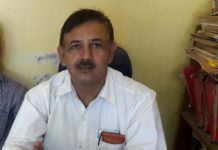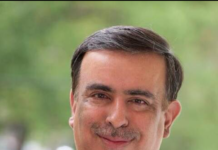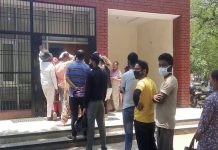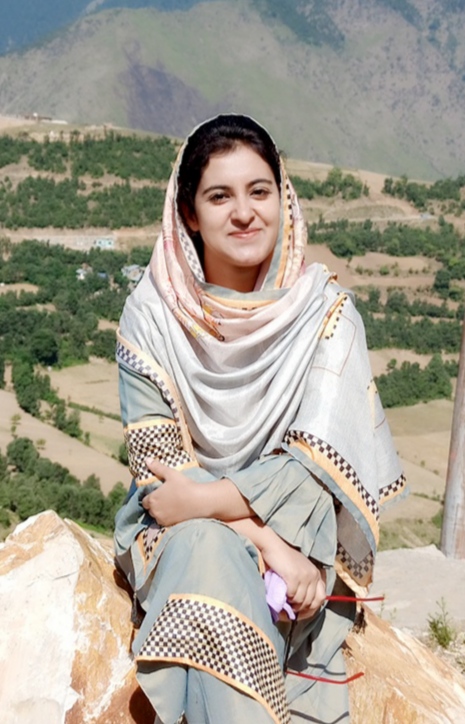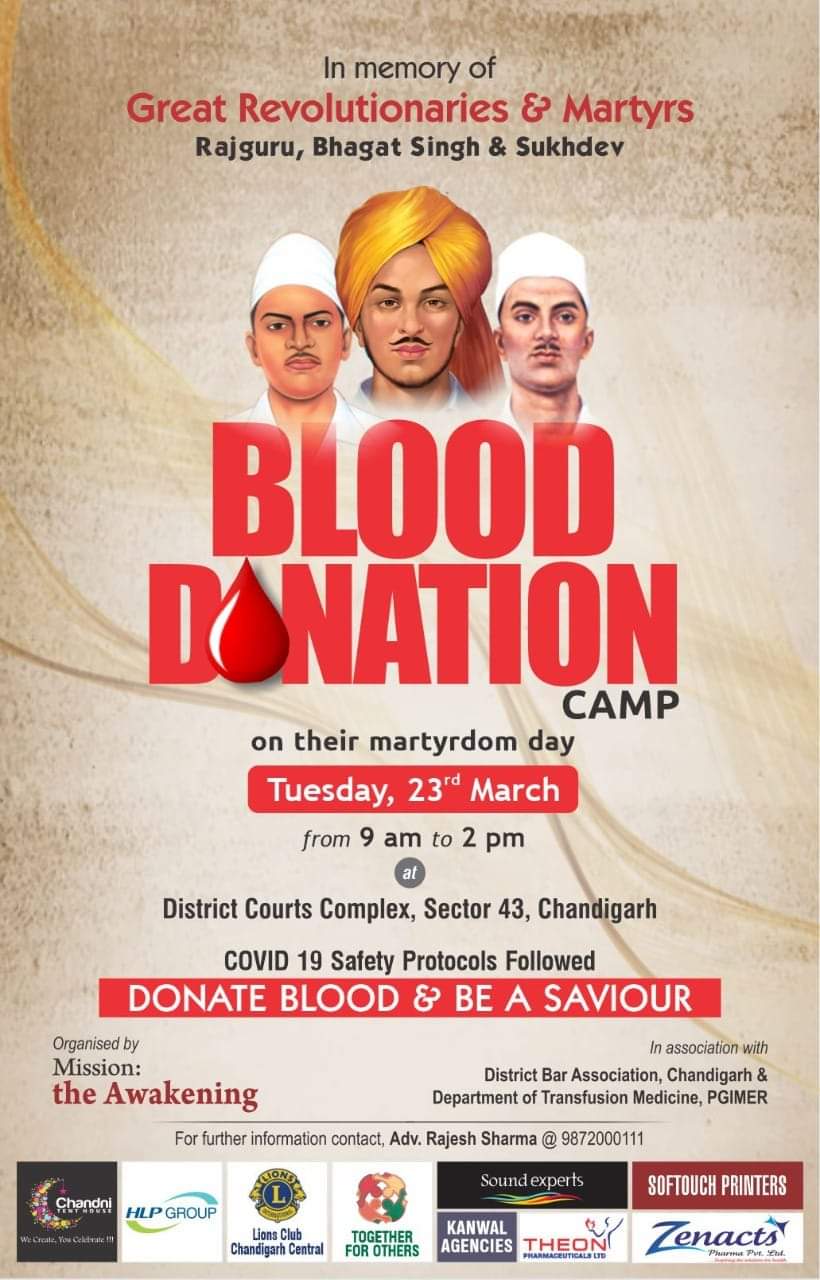Health is a priority goal in its own right. Although, not directly, Indian constitution under Article 21 (Right to life) held that the ‘right to health’ is integral to the right to life and government has a constitutional obligation to provide healthcare facilities. Further, it makes the provision of healthcare in India the responsibility of the state governments to maintain proper health facilities. India stands at second position among the most populous countries in the world, after China, with a population of 1.38 billion. Since independence, the biggest challenge faced by Indian Government is to decipher healthcare to such a huge population. After the coronavirus outbreak, urgency to have better healthcare facility has been escalated manifold.
Indian healthcare system is categorized into two components- public and private. The condition of public health sector in India is bizarre. As per OECD data reports, India has only 0.53 beds available in public hospitals per 1,000 people. India has most private healthcare in the world. Out-of-pocket private payments make up 75% of total expenditure on healthcare, which happens to be in contrast to most of the countries. According to National Family Health Survey-3, the private medical sector remains the primary source of healthcare for 70% of households in urban areas while those of 63% households in rural areas. Private hospitals despite having 62% of total hospital beds and almost 68% of ventilators are handling only 10% of workload and reportedly denying the facility to poor. About 300 million population lives below poverty level. The bigger fraction is not able to afford the sophisticated healthcare in private hospitals. According to Round National Sample Survey, people borrow/ buy assets for hospitalization. Similarly, as per another study by The Lancet, 2.4 million Indians die every year of the conditions which can be treated. We need to revamp the healthcare system as it is the most important asset of an individual.
Hike in GDP
India ranks 145 on global healthcare access and quality (HAQ) index which is worse than neighboring Bhutan and Bangladesh. According to National Health Profile 2018, India’s public health spending is less than 1% of its GDP which must be hiked to 2.5% as suggested by National Health Policy 2017. Studies and experiences of developed nations reveal that unless a nation spends 5-6% of its GDP on overall healthcare, and larger portion of it from the government expenditure, the basic healthcare needs are hardly met.
Primary healthcare, a priority
For supporting primary and secondary health systems under National Health Mission, Union health budget allocations were reduced to 49% in 2020-2021 from 56% in 2018-19. This should be reversed as the primary health care is crucial to administer healthcare at ground level. States with robust public health systems like Kerala have been more successful in containing coronavirus in comparison to economically rich states like Maharashtra because of under-staffed public health systems. In this pandemic, major activities like testing, early detection of cases and various basic preventive measures are being carried out by Primary Health Centre-based staff. Therefore, primary healthcare should be the priority.
Proportionate allocation
Disproportionate allocation is also a cause of negligence. Larger states are spending below national average of Rs. 1,765 annually on healthcare. All states should upscale their health budgets proportionately (in relation to their population). Good healthcare is possible if state governments spend atleast 8% of their total budget on health, and share of central government is hiked, bringing this to 50% of total public health spending. As per World Health Organization (WHO), there must be 25 health workers per 10,000 population, however, in India, there are only 19 health workers- doctors, nurses and midwives per 10,000 population.
Well-trained medical staff: Rural areas more concerned
We don’t have enough trained medical personnel’s especially at primary levels. More than 75% of the primary healthcare is handled by the people not qualified to practice medicine, one of the reasons for poor healthcare in India. Secondly, most of the well-trained medical staff members are not willing to serve in rural areas because of inadequate facilities like insufficient housing, improper roads and inadequate education for their children. Studies indicate that the mortality risks before the age of 5 are quite higher in rural areas in comparison to urban communities. Poor populations are deeply affected as they pay disproportionately higher amount of their income towards out-of-pocket expenses than the rich.
Infrastructure and research improvement
We have meagre medical facilities especially in rural areas. Hospitals or primary health centers, even after 73 years of independence, are in worse conditions without proper basic facilities. Poor people in rural areas sometimes suffer a lot for basic medical services for which they can’t afford to reach the urban areas. We require quality training institutions, diagnostic laboratories and research institutions. India is a biodiversity-rich nation where all the diverse resources available could be used in assisting healthcare. It would not only improve the health conditions of our inhabitants but overall hike the nation’s economy. Unfortunately, we are much lagging in the research facilities having a handful of institutes including Central Drug Research Institute (Lucknow), All India Institute of Medical Sciences (New Delhi), Centre for Cellular and Molecular Biology (Hyderabad), and a few more, which are engaged in sophisticated research concerned in this area. Moreover, proper fundings are not allocated to these research institutes, thereby dominated by foreign industries which make their own money.
Proper implementation of laws and schemes
Government has taken many initiatives particularly the health insurance policies mostly to benefit the rural and poor urban people. In August 2018, Government of India has approved Ayushman Bharat-National Heath Protection Mission as a centrally sponsored scheme to address the health issues at all the levels-primary, secondary and tertiary. It is the largest government-funded healthcare programme in the world. Beneficiary covered under this scheme will be allowed to take cashless benefits from any public/private enrolled hospital across the country. However, the ground-level implementation of this project should be well-navigated as it is difficult to cover such a populous country under one scheme. Similarly, many other schemes including Awaz Health Insurance Scheme, Aam Aadmi Bima Yojana, Central Government Health Scheme, Pradhan Mantri Suraksha Bima Yojana, etc. have been launched. Well planned implementation of these polices is required to fill the lacunae in the healthcare system.
Regulatory bodies
Health is the most sensitive asset and healthcare workers must practice unmaterialistically. But, unfortunately, many hospitals are practicing fraud. In this context, Government barred 171 hospitals this year. Private healthcare providers in India typically offer high quality treatment at unreasonable costs and there is no regulatory or statutory body to overlook the black-marketing and other malpractices. Although, government has made many policies, laws and schemes to execute healthcare facilities, especially to poor residing in far-flung areas, however, their regulation is the requisite. Public-private initiatives are required to check the malpractices at various levels.
Role of NGOs and other private organizations
The contribution of non-government organizations (NGOs) have revolutionized the healthcare in India. Many NGOs like HelpAge India, CRY-Child Rights and You, Lepra Society, Smile Foundation, etc. are the top contributors in healthcare. NGOs are working at base-level especially for those who do not afford the leverages to pay for the sophisticated treatments. Government should involve the NGOs and private organizations in to improve the accountability and downturn the malpractices.
Medical education
Doctors and other medical workers are the weapon-less soldiers who save many lives every minute. Studies indicate that quality medical education is declining precipitously and need to be strengthened. Overall healthcare promotion can be accomplished by providing health education to all via large scale campaigning. We need to aware the public especially medical staff and the concerned profitable corporates about the sense of responsibility they should have towards the healthcare system.
Conclusively, in view to achieve the Sustainable Development Goal-3 which indicates “Good Health and Well-being”, we need the dedicated staff, regulatory official bodies, equal rural and urban medical facilities, eye-opening NGOs and actively participating public to develop a rejuvenating and unbiased healthcare system.
Aroosa Mattoo.
PhD Scholar,
Department of Botany, University of Jammu
Email: aroosamattoo655@gmail.com




